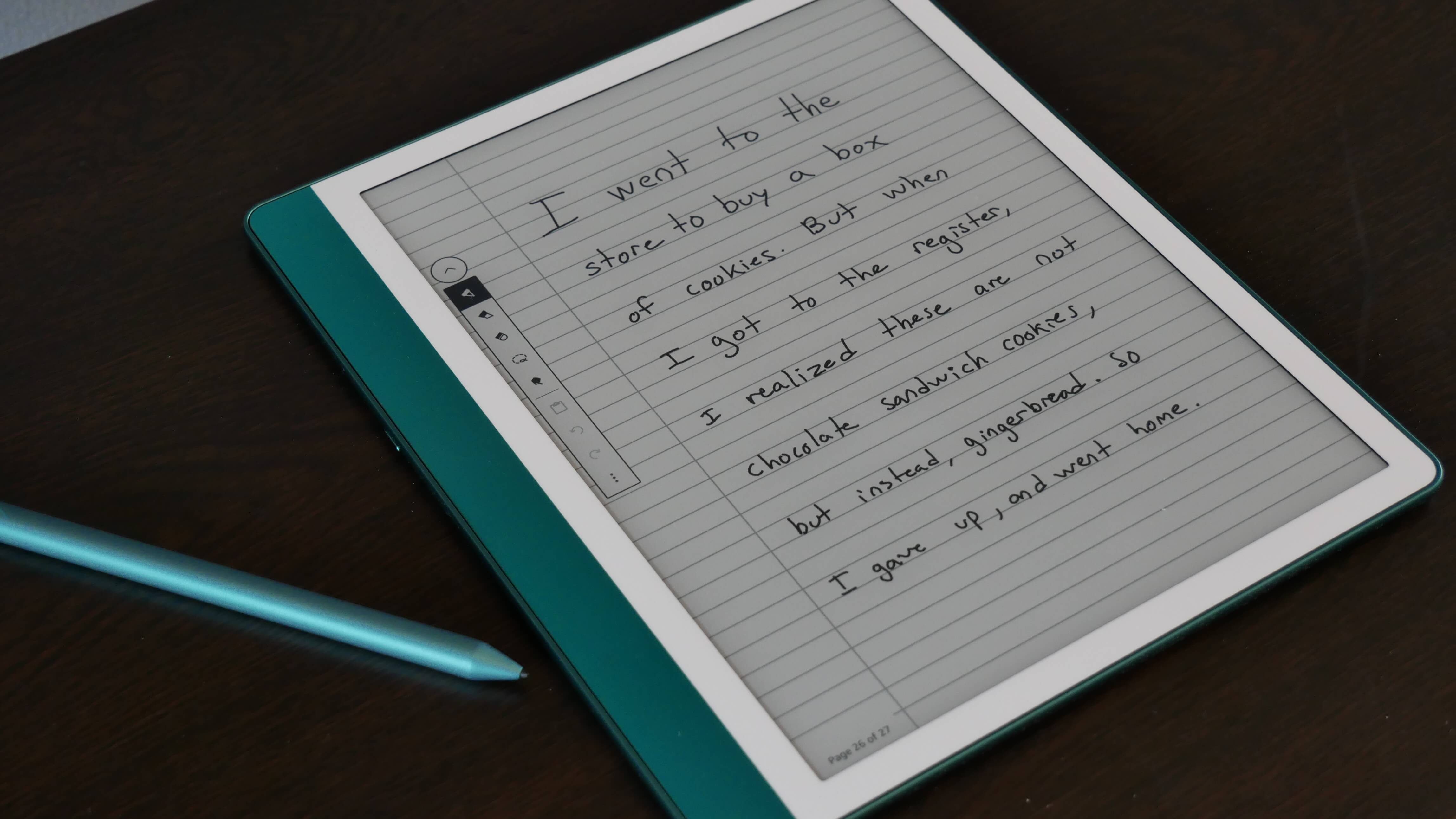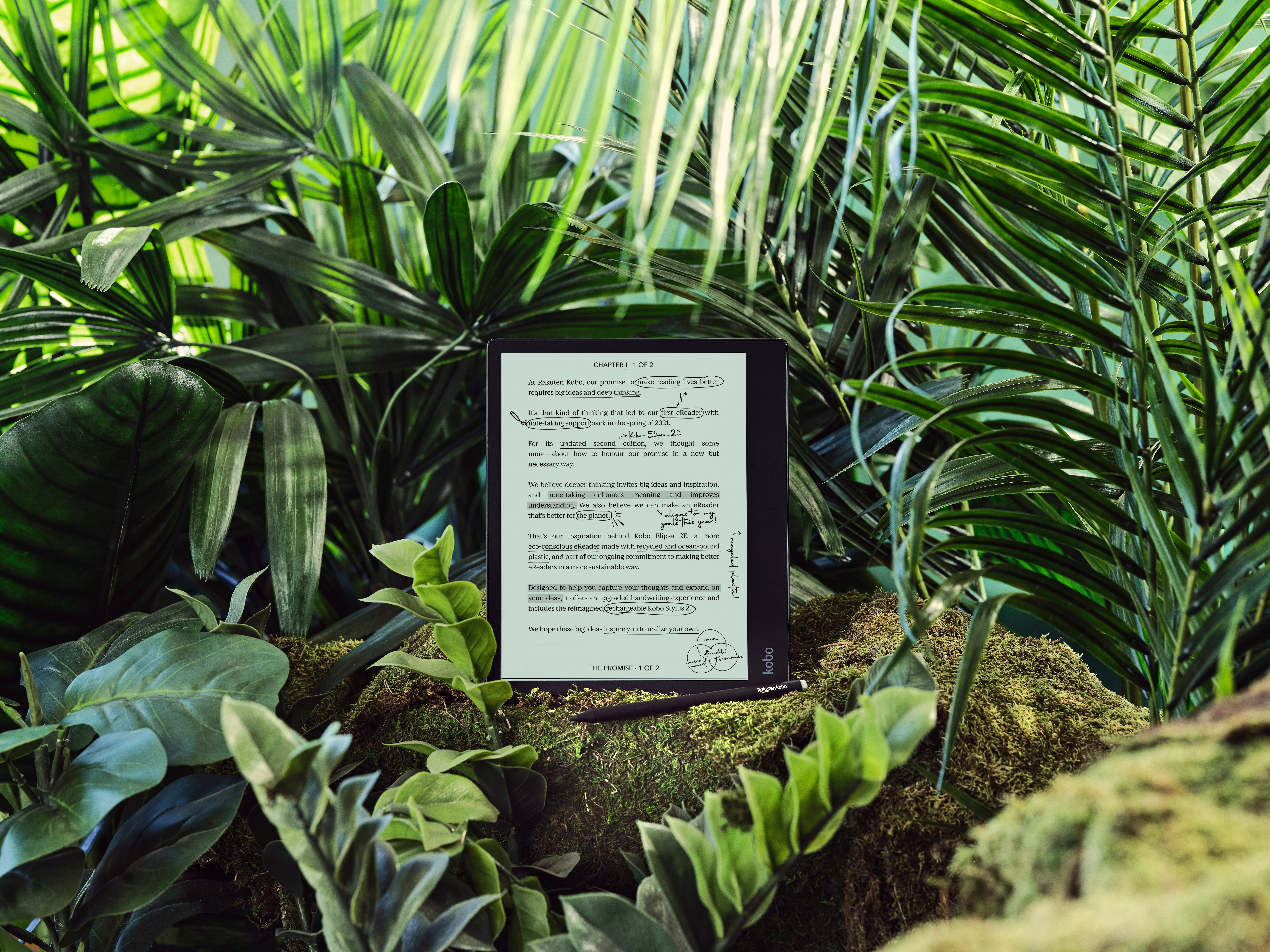E-notes or e-notebooks are products that typically have an E-ink screen and whose primary function is to replace paper and enhance portability. The Sony Digital Paper was the first one to spawn an entire industry, and this one supported PDF files. Many liked how light it was and could now read thousands of pages of dense documents and sign them as needed.
Very quickly, new entrants came to market with their take on note-taking. Onyx Boox was the first, and then the floodgates opened. Chinese companies such as Meebook, Hanvon, Supernote, and the Japanese firm Fujitsu released the seminal Quaderno. The biggest success story in this sector has to be Remarkable. Remarkable focused exclusively on e-notes, while everyone else also had e-book readers, and they could not get a good note-taking experience. However, Remarkable has proven that if you have one product, you can make a lot of money selling the hardware, accessories, subscriptions for premium features, and regular software updates. Even after 6+ years of making e-notes, Remarkable has become the undisputed market leader, and now everyone else tries to copy them.
Amazon and Kobo are close to 13 years after the first e-notebook came out to jump into the fray. Kobo started with the Elipsa, which came out in 2021, and the current generation Elipsa 2e a few years later. On the other hand, Amazon released the 300 PPI e-notebook called the Scribe in 2022, and this was the first large-screen device with this good of a resolution. In 2024, they did a minor Scribe refresh, but did not enhance it meaningfully.
Are e-notes a flop?
Many companies involved in e-notes have had a rough go of it early on. Sony, the pioneer of e-notes, left the business entirely with the second-generation Digital Paper. Fujitsu did not refresh their devices in over 4 years and finally created a color version of the Quaderno series with Kaleido 3. However, it is only being produced in limited batches. Onyx Boox still has some skin in the game, but its products have increased by 30% due to tariffs, and it primarily focuses on its domestic market. The few e-notes that they do market are over $700
The Amazon Kindle Scribe is a hybrid e-notebook. It can take notes and edit PDF files, but only read e-books that customers own and purchase on the device. The Scribe is great for comics and digital magazines with a Kindle Unlimited subscription. However, it is not doing well; Amazon sells fewer than 500 globally monthly. Even when they run sales, they don’t sell very many.
The Kobo Elipsa 2e is not faring any better. On Amazon, it sells fewer than a hundred a month on the Canadian and United States websites. Things are a bit murkier for other retailers, since Kobo heavily relies on bookstores and big-box shops to push their devices to the public. They also sell them online. I have talked to many bookstore owners in the UK and France, and they tell me that it sells so poorly, they only sell it online and not in their stores. Chapters Indigo is the largest bookstore in Canada, and the Elipsa isn’t in any stores in Vancouver, and only 2 are in stock out of 12 bookstores in Toronto. The lack of availability in bookstores is very telling, on just how poorly the Elipsa is selling.
One of the downfalls of e-notebooks is that they are expensive and have become heavier over time instead of lighter. A modern e-notebook is hard to fit in a purse or handbag. It barely fits in a backpack full of other things, like a laptop. I don’t know anyone locally with one, although some of my friends have e-book readers over ten years old.
E-notes are trending downwards. They simply aren’t selling enough quantities for the economies of scale to kick in and drive prices downwards. These days, it’s quite the opposite; e-notebooks are more expensive than ever before. I bet more people are writing on their iPad than buying an Elipsa or Scribe.
Michael Kozlowski is the editor-in-chief at Good e-Reader and has written about audiobooks and e-readers for the past fifteen years. Newspapers and websites such as the CBC, CNET, Engadget, Huffington Post and the New York Times have picked up his articles. He Lives in Vancouver, British Columbia, Canada.


